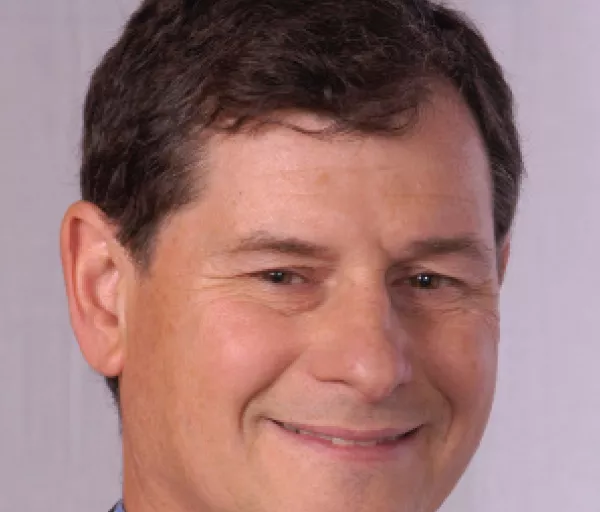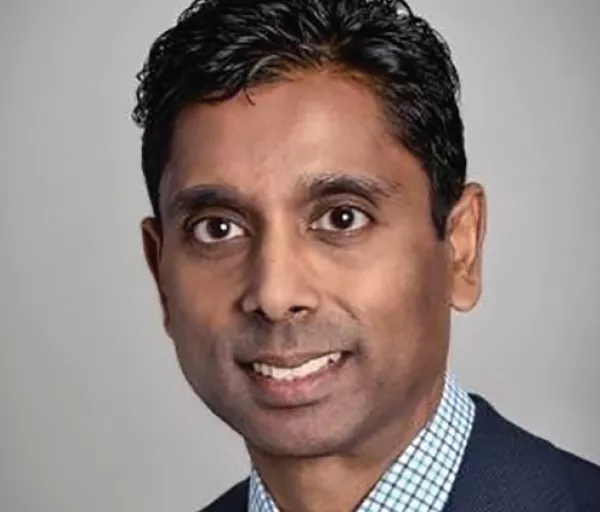It would have to be providing basic universal healthcare for all. There is no other way to address healthcare in the U.S. short of this, as evidenced by the political reality in Washington D.C. Even with a Republican majority in the Senate and House as well as a Republican president, the Affordable Care Act hasn’t been repealed—despite multiple attempts. People want access to adequate healthcare. We, as a country, should move forward to modernize our healthcare delivery system and fix the current patchwork of programs. Very little of the current system represents the modern reality. Providing adequate healthcare for citizens is the only way to move the country forward on this issue. Anything else is a political excuse.
Larry S. Dean, MD
Chief of Medicine, UW Medicine Regional Heart Center, Seattle
Needless to say, there is no immediate simple fix for U.S. healthcare, but I would focus on the philosophy that healthcare is a right and not a privilege by working on implementation of universal coverage for our U.S. population.
There is irrefutable evidence that having healthcare access, along with a focus on population health and preventive health strategies, not only makes ethical sense but also good “business sense.” There also is substantial evidence that universal access saves lives and improves health. Expansion of healthcare access promotes local job growth and financial healthcare systems’ stability, particularly of our “safety net” hospitals. Simultaneously moving in a constructive fashion from a “volume” to a “value-based” system of care can help substantially mollify the Institute of Medicine’s 2009 analysis on the excess costs in healthcare, that over 30 percent of healthcare expenditures offer no value.
Ralph G. Brindis, MD, MPH
Clinical Professor of Medicine, Department of Medicine & the Philip R. Lee Institute for Health Policy Studies, University of California, San Francisco
As healthcare reform, primarily based on cost containment, has dominated the dialogue, there have been a multitude of changes in organizational structure—both within hospitals and among physicians. Most hospitals have responded by growing in size and reach through acquisitions, and also by forming their own insured models. Physicians are increasingly viewed as employees who need to be “captured” to control overhead. The result: loss of patient-centeredness, physician autonomy and overall patient and physician satisfaction, with waste largely uncurbed. The problem can be easily solved by allowing physicians to be true partners in the management of hospital systems, wherein a marriage of financial and clinical skills can result in optimizing high-quality, effective care and both physician and patient satisfaction in a fiscally sound manner. My one fix would be for both physicians and administrators to truly value each other’s opinions and skillsets, by mandating a dyad organizational structure at all hospitals, wherein decisions are made jointly by administrative and physician leaders. Not only could decisions properly balance all of the important components of governance in a complex care delivery model, but physicians would no longer need to be “captured.” They would come willingly to help solve these problems collaboratively for all stakeholders—patients, physicians, hospitals and society—while resting assured that their fundamental values would remain prioritized.
Srihari S. Naidu, MD
Director, Hypertrophic Cardiomyopathy Program and Interventional Cardiologist, Westchester Medical Center, Valhalla, N.Y.


